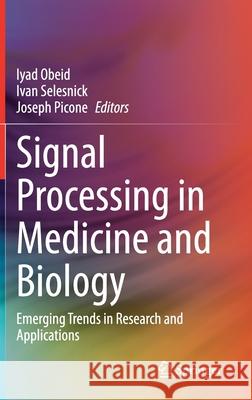Signal Processing in Medicine and Biology : Emerging Trends in Research and Applications » książka
topmenu
Signal Processing in Medicine and Biology : Emerging Trends in Research and Applications
ISBN-13: 9783030368432 / Angielski / Twarda / 2020 / 281 str.
Signal Processing in Medicine and Biology : Emerging Trends in Research and Applications
ISBN-13: 9783030368432 / Angielski / Twarda / 2020 / 281 str.
cena 388,20 zł
(netto: 369,71 VAT: 5%)
Najniższa cena z 30 dni: 385,52 zł
(netto: 369,71 VAT: 5%)
Najniższa cena z 30 dni: 385,52 zł
Termin realizacji zamówienia:
ok. 20 dni roboczych.
ok. 20 dni roboczych.
Darmowa dostawa!
Kategorie BISAC:
Wydawca:
Springer
Język:
Angielski
ISBN-13:
9783030368432
Rok wydania:
2020
Wydanie:
2020
Ilość stron:
281
Waga:
0.58 kg
Wymiary:
23.39 x 15.6 x 1.75
Oprawa:
Twarda
Wolumenów:
01
Dodatkowe informacje:
Wydanie ilustrowane











